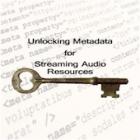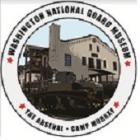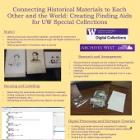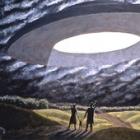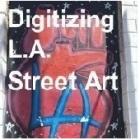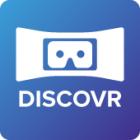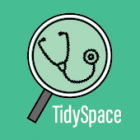
TidySpace
In small, mid-sized clinics, inventory management is a chore that takes valuable resources away from more important tasks. Our project aims to streamline this task in the healthcare space by making it more accessible and updatable. By creating a reactive web app, we intend to make item logging and status almost instantly accessible through each users personal device. This makes it easy for the entire medical staff to locate, refill, and reorder essential medical supplies. By diversifying the accessibility to item inventory and locations, we hope to improve the flow of daily operations within the medical space.

